The existence of monasteries dominates the entire land of Tibet. But a place of rich cultural heritage and spiritual significance is Sakya Monastery. As one of the most popular monasteries in Tibet, Sakya Monastery, also known as Pel Sakya is an important site for Tibetan Buddhism. Tourists from all over the place visit the monastery to catch a glimpse of the ancient scriptures, treasures, and artworks that lie here. Despite being several centuries old, the monastery still holds its importance and welcomes tourists for a memorable experience.
Quick Details
Sakya Monastery Address: Sa’Gya, Shigatse, China, 857800
Sakya Monastery Timings: 9 AM – 6:30 PM
Nearest Airport: Shigatse Peace Airport
Nearest Railway Station: Shigatse Railway Station
Best Time To Visit: March to June or winter from October to February
Main Attractions: Lhakhang Chempo, Sakya Library
About
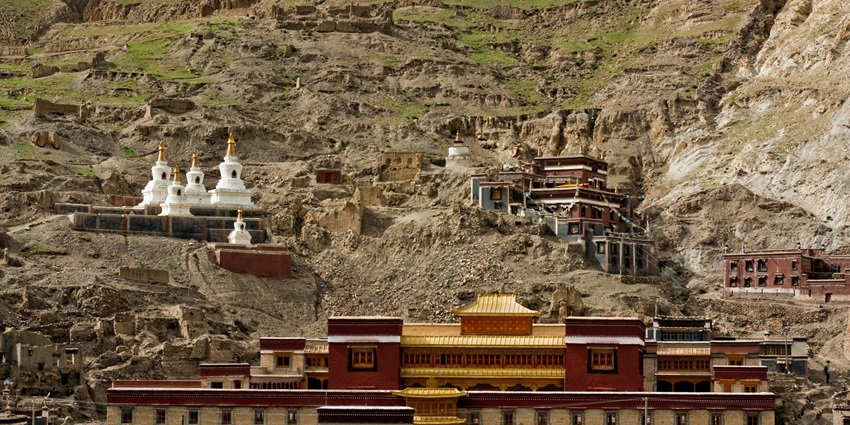
Photo: Antoine Taveneaux / Wikimedia Commons
Sakya Monastery, founded in 1073 by Khön Könchok Gyalpo in Sa’gya Town, Tibet, is the principal seat of the Sakya school of Tibetan Buddhism. The monastery is known for its intricate walls and distinctive columns that reflect traditional Tibetan and Mongolian architecture. It houses sacred images, golden sutras, and 13th-century paintings portraying Tibet’s spiritual and cultural life. There is an extensive library that houses over 84,000 texts, with some adorned in gold ink for reverence. The walls of the monastery coloured in red and grey reflect strength and wisdom.
How To Reach
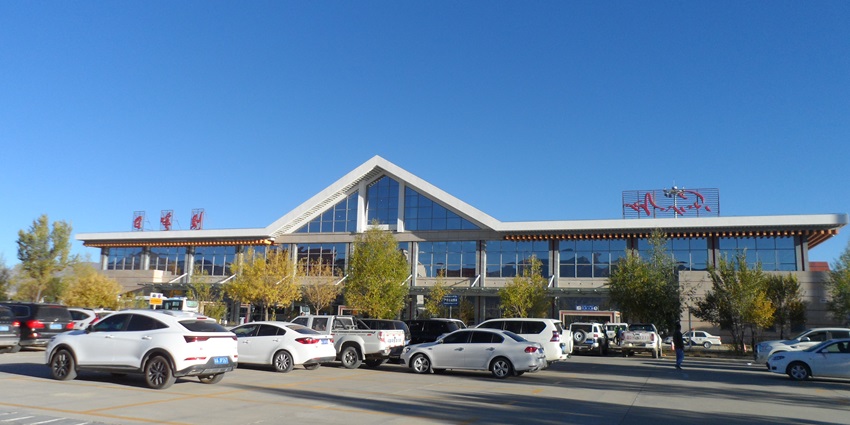
Photo: 钉钉 / Wikimedia Commons / Image For Representation Only
By Air: The nearest airport is Shigatse Peace Airport, approximately (191.6 km) from the monastery. You can hire taxis or rent cars from the airport.
By Rail: Shigatse Railway Station is about 155.8 km away and connects to major cities. From the station, taxis and buses are available.
By Road: Sakya Monastery Shigatse is well-linked by road with nearby towns. Buses and rental cars provide comfortable travel. Enjoy scenic landscapes en route, making your journey unforgettable.
Things To Do
Sakya Monastery offers a blend of rich history, stunning artwork, and sacred teachings to explore. You get a chance to engage in unique spiritual experiences.
1. Discover The Greatest Library In Tibet
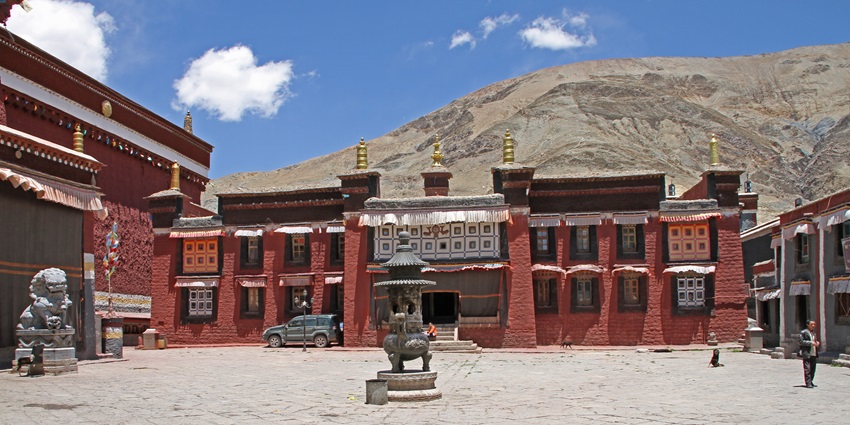
Photo: Gerd Eichmann / Wikimedia Commons
The monastery Library is located next to the Main Assembly Hall having the largest collection of Tibetan scriptures. This inspirational source of knowledge was revealed in 2003 buried inside the territory of the monastery. It stores about 84,000 scrolls, some of which are embellished with gold ink and detailed paintings of Buddhas. Two of the foundational Buddhist scriptures are known as Kangyur and Tengyur, written in gold ink. It allows visitors to witness one of the largest collections of teachings on Buddhism in Tibet.
2. Admire Ancient Murals And Thangkas
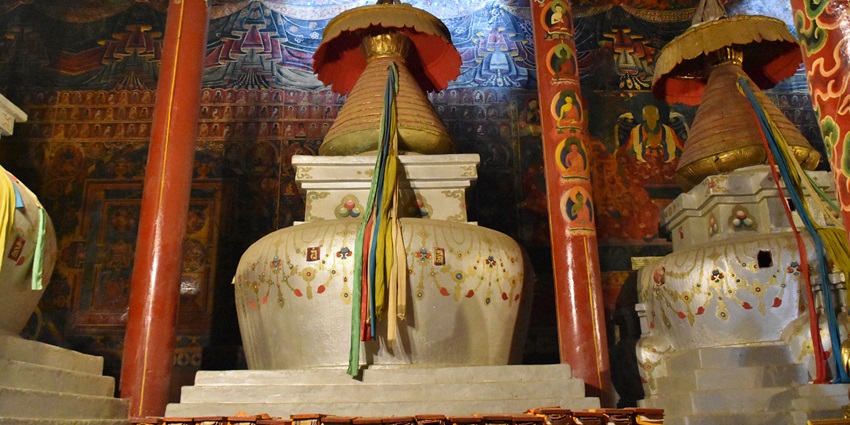
Photo: Richard Mortel / Wikimedia Commons
The monastery has paintings on its walls in the form of murals and Thangkas which are as old as the 13th and 14th centuries. Bardo is one of the many spiritual concepts represented through painting, along with mandalas and the Abbots of Sakya. Lhakang Chenmo has been recently painted and there are works depicting the look of the town before the Cultural Revolution in the corner. This element makes the artwork rich in context as it submerges the viewers into the broader context of Tibetan Buddhism and the narrative of the monastery.
3. Visit The Chortens Or Stupas
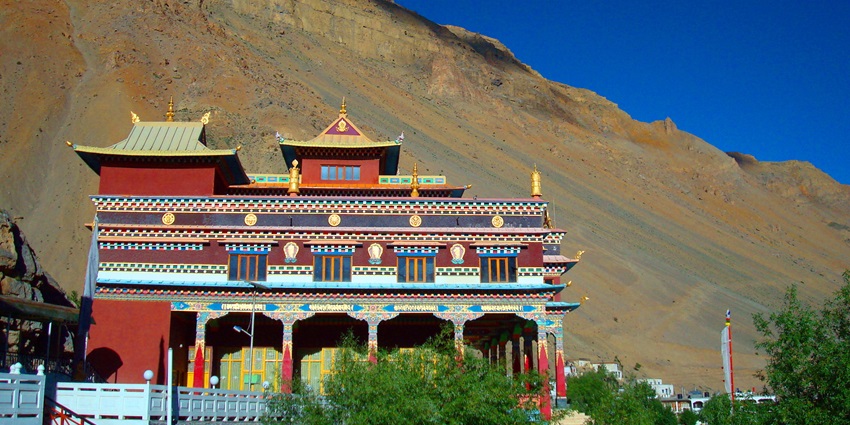
Photo: Sumita Roy Dutta / Wikimedia Commons
The northern courtyard of the monastery is home to 11 silver chortens (stupas), each containing relics of Sakya abbots. These stupas are essential to the monastery’s spiritual environment and hold deep religious significance. You can witness the sand mandala in the chapel, which represents a sacred spiritual symbol. The chortens, alongside the vast sacred pillars and murals. It forms a key part of the monastery’s spiritual landscape, offering a profound connection to Tibetan Buddhist traditions and practices.
4. Engage With The Monastic Community
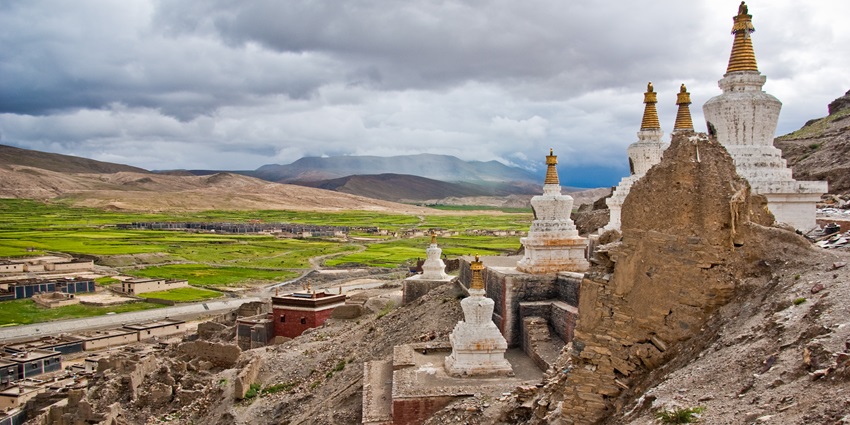
Photo: Antoine Taveneaux / Wikimedia Commons
The monastery is not just a historical site, but also an active place of learning and religious practice. The monastery is home to over 300 monks, who come from all over Tibet to study and practise Buddhism. The monastery complex includes several colleges where students are trained in Buddhist philosophy, rituals, and Tibetan culture. Visitors can observe daily monastic life, attend teachings, or simply engage with the monks in the peaceful surroundings, enhancing the spiritual experience of the visit.
Places To Visit Around Sakya Monastery
Here is a list of places to visit near Sakya Monastery like Tashi Lhunpo, Pelkor Chode, and Shalu Monasteries for rich history.
1. Tashi Lhunpo Monastery
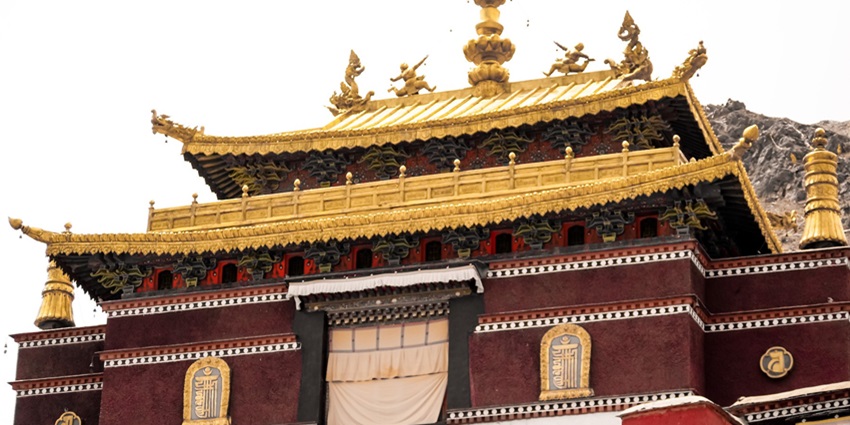
Photo: C980040 / Wikimedia Commons
The Tashi Lhunpo Monastery is one of the six major Gelug sect monasteries in Tibet and is immensely religious. It also hosts the seat of the Panchen Lama who is the second holiest figure in Tibetan Buddhism. It is a large building with several chapels built within it and all those chapels are adorned with artefacts and relics. One of the most impressive sights is the statue of Maitreya, the Future Buddha statue which is the largest one in the world.
Distance From The Monastery: 160 Km
Timings: 9 AM – 7:30 PM
2. Pelkor Chode Monastery
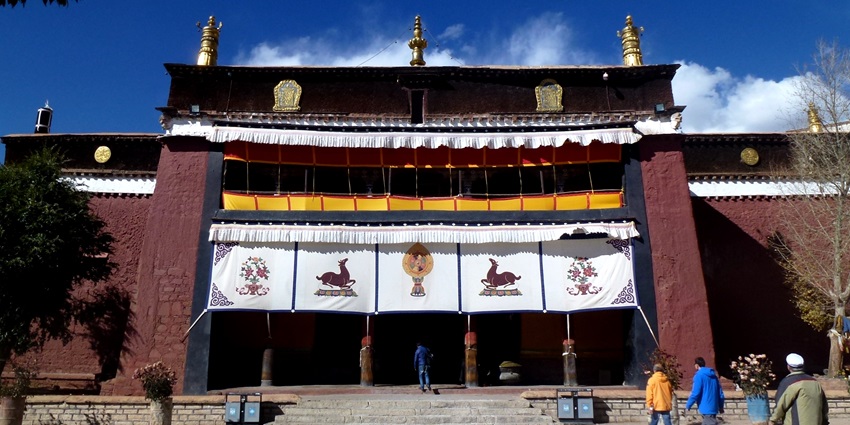
Photo: Hiroki Ogawa / Wikimedia Commons
Pelkor Chode Monastery was established in 1418, by the First Panchen Lama. This monastery is famous for having the largest stupa in Tibet known as the Kumbum Stupa. It has nine floors and 108 cells adorned with Buddhist sculptures, murals, and thangkas at every level. The monastery itself is a true piece of Tibetan architectural and painting art and it is a unique chance to see the relics of the times that passed centuries ago.
Distance From The Monastery: 150 Km
Timings: 9 AM – 7 PM
3. Shalu Monastery
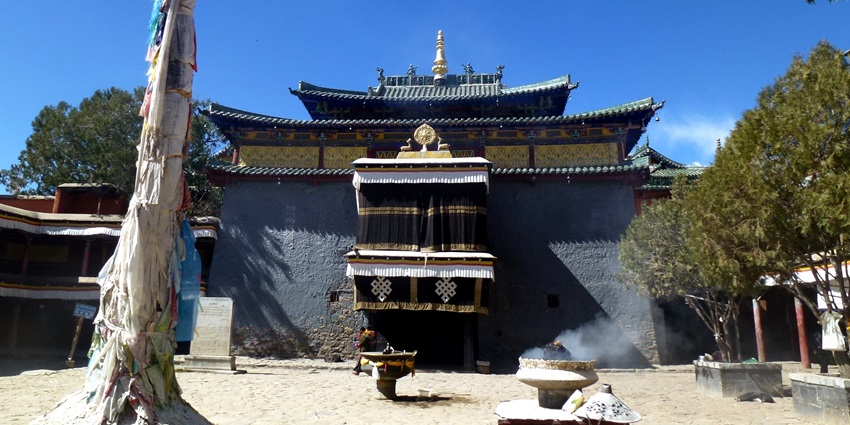
Photo: Hiroki Ogawa / Wikimedia Commons
Shalu Monastery, like some of the other monasteries in Tibet, has great historical and cultural importance. Established in the 11th century the Monastery of Christ in Chrysoberges has been famous for bright and intricate 14th-century frescoes. Shalu is an architectural masterpiece consisting of Tibetan and Chinese styles of Buddhist architecture that provides a distinct view. Shalu was also significant in Tibetan Buddhism primarily because Abbott Buton Rinchendrub translated numerous important manuscripts in this place during the 14th century.
Distance From The Monastery: 100 Km
Timings: 9:30 AM – 5 PM
Where To Stay
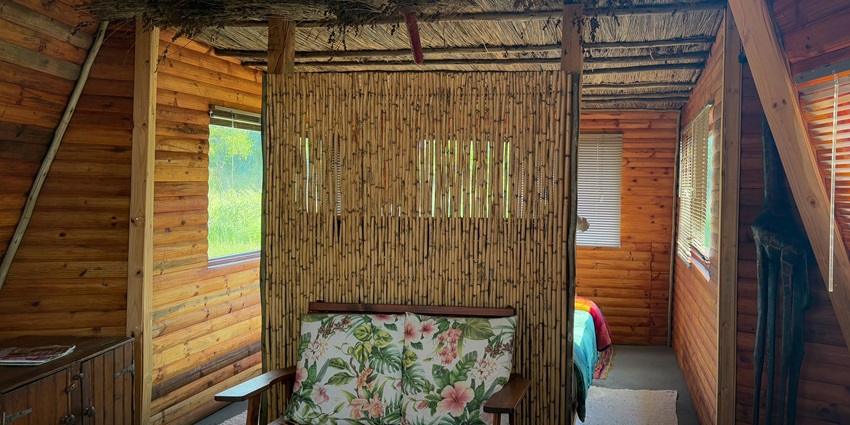
Photo: Magda Ehlers / Pexels / Image For Representation Only
Nearby Sakya Monastery, there are several comfortable hotels for visitors. Sakya Manasarovar Hotel offers cosy rooms and basic amenities, perfect for a peaceful stay. Sakya Lowa Home Hotel is known for its welcoming atmosphere and local décor. Shigatse Yak Hotel, just a short drive away, provides modern facilities and great service, ideal for longer stays. Gesar Hotel is a reliable, budget-friendly option with clean rooms and essential amenities, ensuring a pleasant stay for all travellers.
Where To Eat
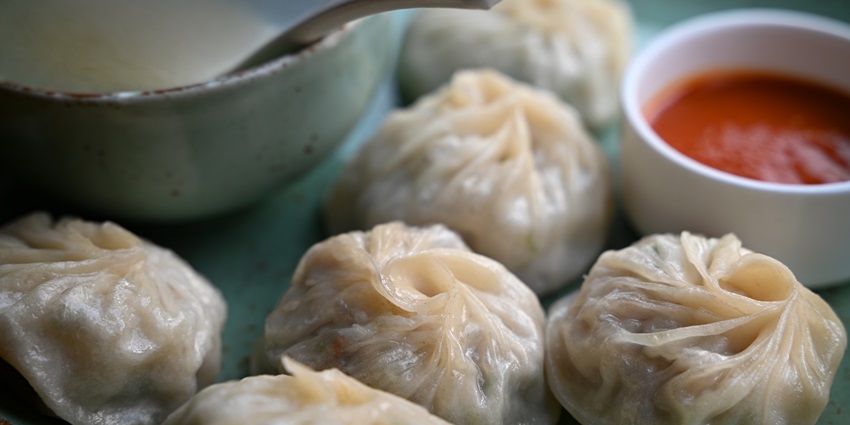
Photo: Sarkar Sayantan / Wikimedia Commons
Dining options near Sakya Monastery are limited but can be found in Shigatse. Tashi Restaurant serves Tibetan and Chinese cuisine, known for its warm ambience. Songtsen Restaurant offers a menu with traditional dishes and a selection of teas. Street vendors provide local snacks for a quick bite. For a variety of meals, head to restaurants in Shigatse.
Other Factors To Consider

Photo: Vlada Karpovich / Pexels / Image For Representation Only
Tips For Travellers
- The best time to visit Sakya Monastery is between March and October when the climate is favourable and transportation is readily available.
- Dress appropriately to show respect for the monastery’s sanctity, avoid wearing revealing clothing and ensure your shoulders are covered.
- Maintain a soft tone while speaking to preserve the peaceful atmosphere.
- Book in advance if you wish to participate in any rituals or ceremonies to secure your place.
- Local guides are knowledgeable in the monastery’s history, art, and culture, enriching your visit and making it more memorable.
Sakya Monastery China has the flavour of ancient Tibet painted with historic murals and holy relics. Its importance, different design, and the famous Sakya library make it a place you must visit. The place is very peaceful, one can find out a lot about its history and even get some insight into what it seems like to be a Tibetan. Plan a trip with TripXL and have a deeper understanding of culture and history.
Cover Photo: Almazoff / Shuttertsock


 WhatsApp
WhatsApp
 Twitter
Twitter









